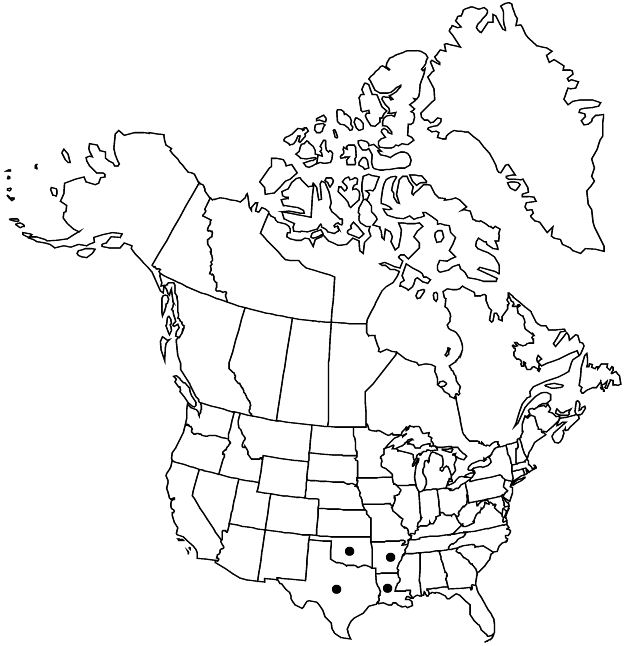Difference between revisions of "Euphorbia bicolor"
Boston J. Nat. Hist. 5: 233. 1845.
FNA>Volume Importer |
imported>Volume Importer |
||
| (One intermediate revision by the same user not shown) | |||
| Line 51: | Line 51: | ||
|publication year=1845 | |publication year=1845 | ||
|special status=Endemic | |special status=Endemic | ||
| − | |source xml=https:// | + | |source xml=https://bitbucket.org/aafc-mbb/fna-data-curation/src/2e0870ddd59836b60bcf96646a41e87ea5a5943a/coarse_grained_fna_xml/V12/V12_353.xml |
|genus=Euphorbia | |genus=Euphorbia | ||
|section=Euphorbia sect. Alectoroctonum | |section=Euphorbia sect. Alectoroctonum | ||
Latest revision as of 19:14, 5 November 2020
Herbs, annual, with taproot. Stems erect, unbranched or branched, 40–100 cm, pilose. Leaves alternate; stipules 0.3–0.4 mm; petiole 0.3–1 mm, pilose; blade narrowly elliptic to lanceolate, 37–54 × 7–17 mm, base cuneate to slightly rounded, margins entire, apex aristate or acute, surfaces pilose; venation obscure, only midvein conspicuous. Cyathia in terminal pleiochasia dichasial and pleiochasial bracts linear to narrowly oblanceolate, with conspicuous white margins; peduncle 1.2–3 mm, densely pilose. Involucre campanulate, 2.7–3.5 × 2.2–3 mm, densely pilose; glands 4–5, green to pale greenish yellow, reniform, 0.6–0.7 × 1.4–1.6 mm; appendages white, obdeltate to orbiculate, 1.4–2.5 × 1.7–3 mm, dentate to erose. Staminate flowers 30–70. Pistillate flowers: ovary pilose; styles 0.7–1.2 mm, 2-fid 1/2 length. Capsules depressed-ovoid, 3.5–7.5 × 6–8.7 mm, densely pilose; columella 4.5–5.5 mm. Seeds tan to brown, ovoid, 4.3–4.5 × 3.7–3.9 mm, alveolate; caruncle absent.
Phenology: Flowering and fruiting summer–fall.
Habitat: Prairies, blackland (calcareous) prairies, pastures and clearings in former blackland prairie areas, roadside clearings.
Elevation: 100–200 m.
Distribution

Ark., La., Okla., Tex.
Discussion
Euphorbia bicolor is similar in appearance to E. marginata but can be distinguished by its linear to narrowly oblanceolate bracts and the presence of hairs on all parts of the plant.
Selected References
None.